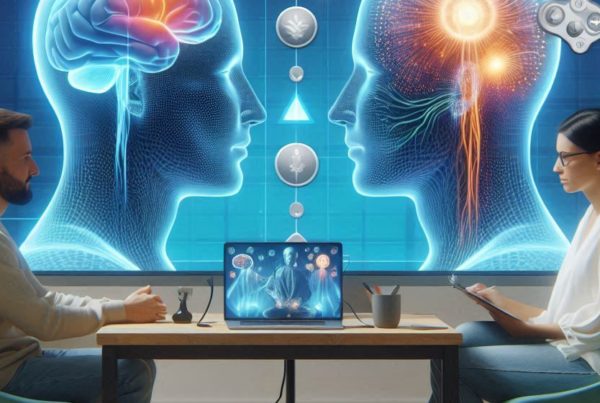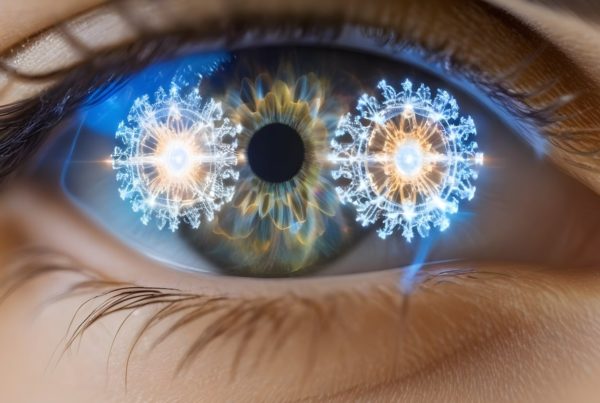EMDR has continued to develop and evolve since its inception in the late 1980s. Here are some of the latest developments in EMDR:
- Online EMDR: The COVID-19 pandemic has accelerated the adoption of online therapy, and EMDR is no exception. Therapists are now offering EMDR sessions online, and research has shown that online EMDR is just as effective as in-person therapy.
- Attachment-focused EMDR: Attachment-focused EMDR (AF-EMDR) is an approach that integrates attachment theory with EMDR. It focuses on the individual’s early attachment experiences and how they may be related to current mental health issues. AF-EMDR can be particularly helpful for individuals with complex trauma or attachment-related disorders.
- EMDR for addiction: EMDR is increasingly being used as a treatment for addiction. It can help individuals process traumatic experiences that may be contributing to their addiction, as well as reduce cravings and strengthen the individual’s sense of self-efficacy.
- EMDR for dissociative disorders: Dissociative disorders, such as dissociative identity disorder (DID), involve a disruption in a person’s sense of identity or consciousness. EMDR can be used to help individuals with dissociative disorders process traumatic memories and reintegrate dissociated parts of their identity.
- EMDR and neuroscience: Research has shown that EMDR can lead to changes in brain activity and structure, particularly in the areas of the brain involved in memory processing. This has led to increased interest in the neuroscience of EMDR and how it can be used to better understand and treat trauma-related mental health issues.
Overall, EMDR continues to evolve and adapt to new research and clinical findings, making it a dynamic and effective form of psychotherapy.




